Blog
How to Choose the Right Car Inverter for Your Travel Needs
Selecting the right car inverter for your travel needs is crucial for ensuring a smooth and enjoyable journey. With the increasing reliance on electronic devices during road trips, the global market for car inverters is projected to grow significantly, with a report by Research and Markets forecasting an annual growth rate of 5.3% from 2021 to 2026. A quality car inverter allows you to power your gadgets – from smartphones and laptops to camping equipment – directly from your vehicle's battery, providing the convenience and peace of mind needed for extended travels. However, with a myriad of options available, understanding your power requirements, the inverter's capacity, and the types of ports offered is vital to make an informed decision. By aligning your travel habits with the appropriate car inverter specifications, you can enhance your travel experiences while ensuring your devices remain charged and ready for use.
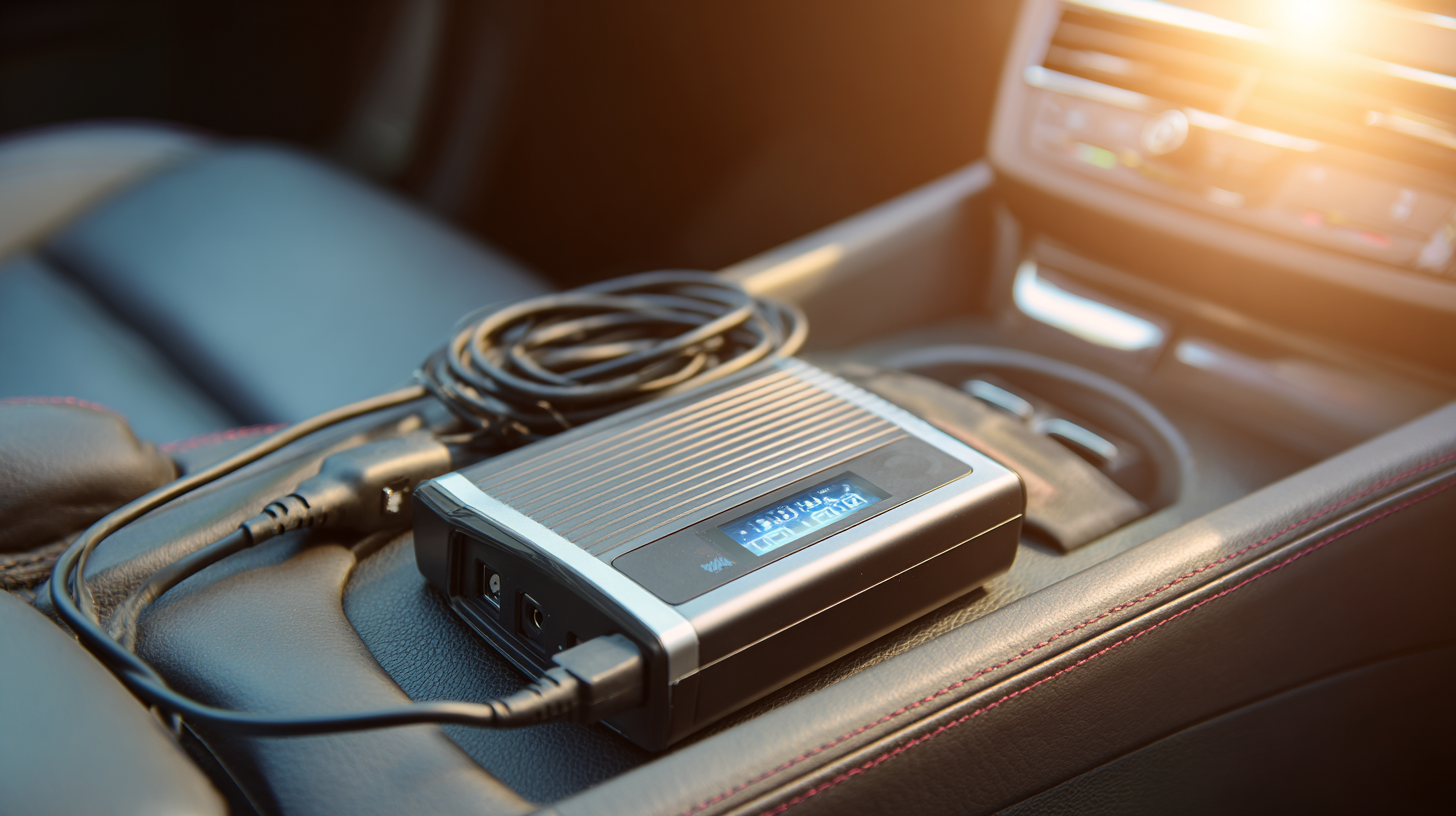
Understanding Your Power Requirements for Travel
When selecting the right car inverter for your travel needs, the first step is to understand your power requirements. According to a report by the International Energy Agency, the average power consumption for portable devices like smartphones and laptops ranges from 20 to 100 watts. Therefore, if you're planning to charge multiple devices simultaneously, it's crucial to estimate the total wattage you will need. For example, if you're using a laptop that requires 60 watts and a smartphone charger that requires 20 watts, you’ll need an inverter with at least 100 watts output capacity.
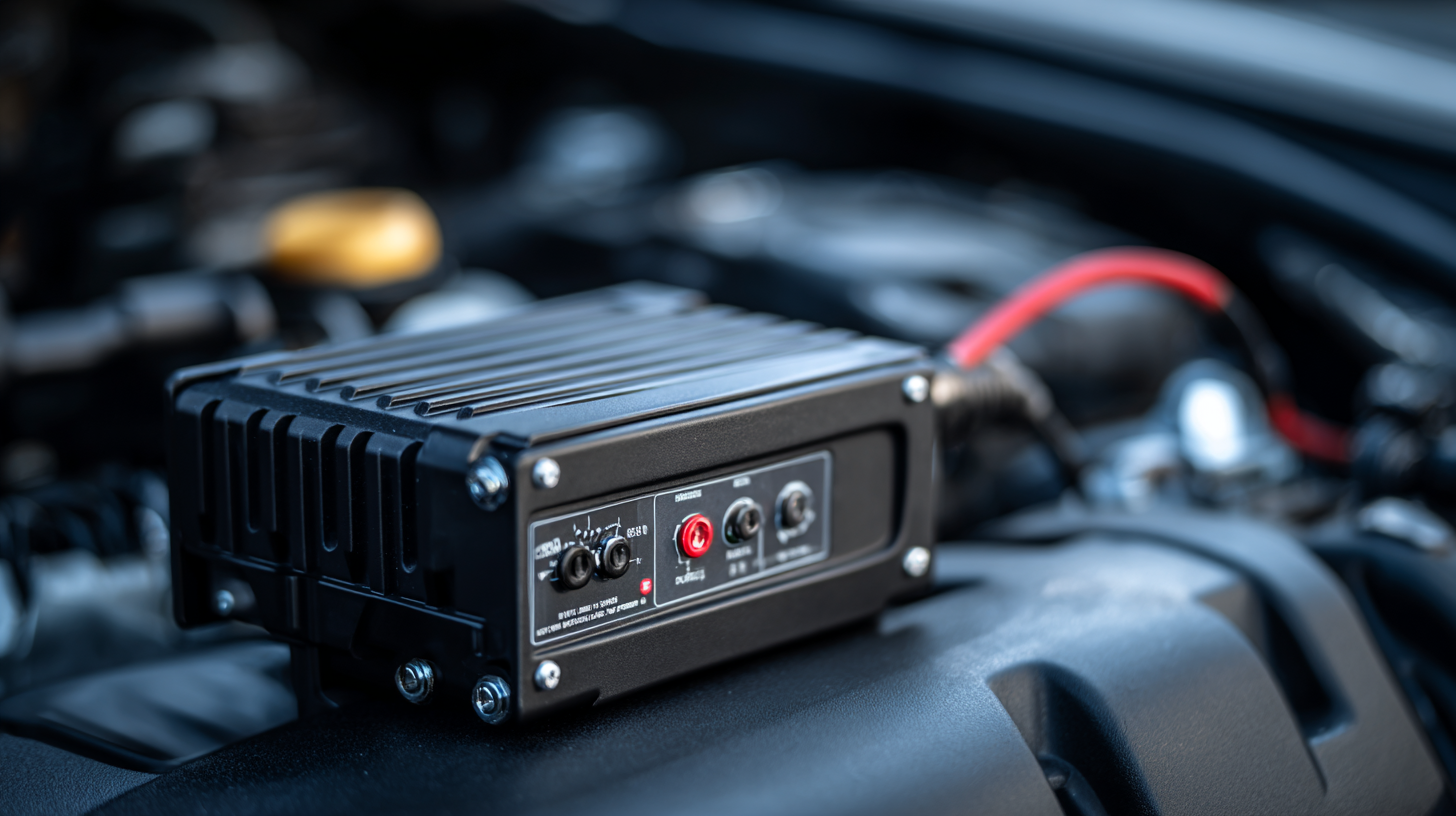
Moreover, consider the inverter's peak power capability, especially if you're running devices that have a high start-up current. The National Renewable Energy Laboratory suggests that certain appliances, such as portable refrigerators or power tools, may demand up to three times their running wattage at startup. This means that an inverter rated for 300 watts might struggle to handle a device that initially requires 600 watts. By accurately assessing your power needs and selecting an inverter that can handle both your continuous and peak power requirements, you can ensure a smooth and efficient travel experience.
Types of Car Inverters: Choosing Between Modified and Pure Sine Wave
When selecting a car inverter for your travel needs, understanding the differences between modified sine wave and pure sine wave inverters is essential. Modified sine wave inverters are generally more affordable and suitable for basic electronic devices like chargers and small appliances. According to a report from Allied Market Research, the demand for modified sine wave inverters has been steadily increasing and is expected to reach $15 billion by 2027, reflecting their popularity among budget-conscious travelers.
On the other hand, pure sine wave inverters provide a cleaner, more consistent power output that is similar to what households receive from the grid. This type of inverter is ideal for sensitive electronics such as laptops, medical devices, or high-end audio equipment. Research by MarketsandMarkets indicates that pure sine wave inverters are projected to grow at a compound annual growth rate (CAGR) of 8.2% from 2022 to 2028, highlighting a significant shift towards more advanced power solutions in the mobile charging market. Hence, understanding these types can greatly influence your travel experience and ensure that your devices function optimally on the road.
Comparison of Car Inverter Types: Modified vs Pure Sine Wave
Factors to Consider When Sizing Your Car Inverter
When choosing the right car inverter for your travel needs, several factors must be considered to ensure it meets your requirements. One primary aspect is the inverter's power rating, which should correspond to the total wattage of the devices you plan to use. For instance, with the global automotive power modules market expected to grow from $9.86 billion in 2025 to $25.14 billion by 2032 at a CAGR of 14.3%, it's evident that demand for power inverters will be on the rise. Selecting an inverter that can handle your specific load while providing some overhead capacity is crucial, particularly if you plan to charge multiple devices simultaneously.
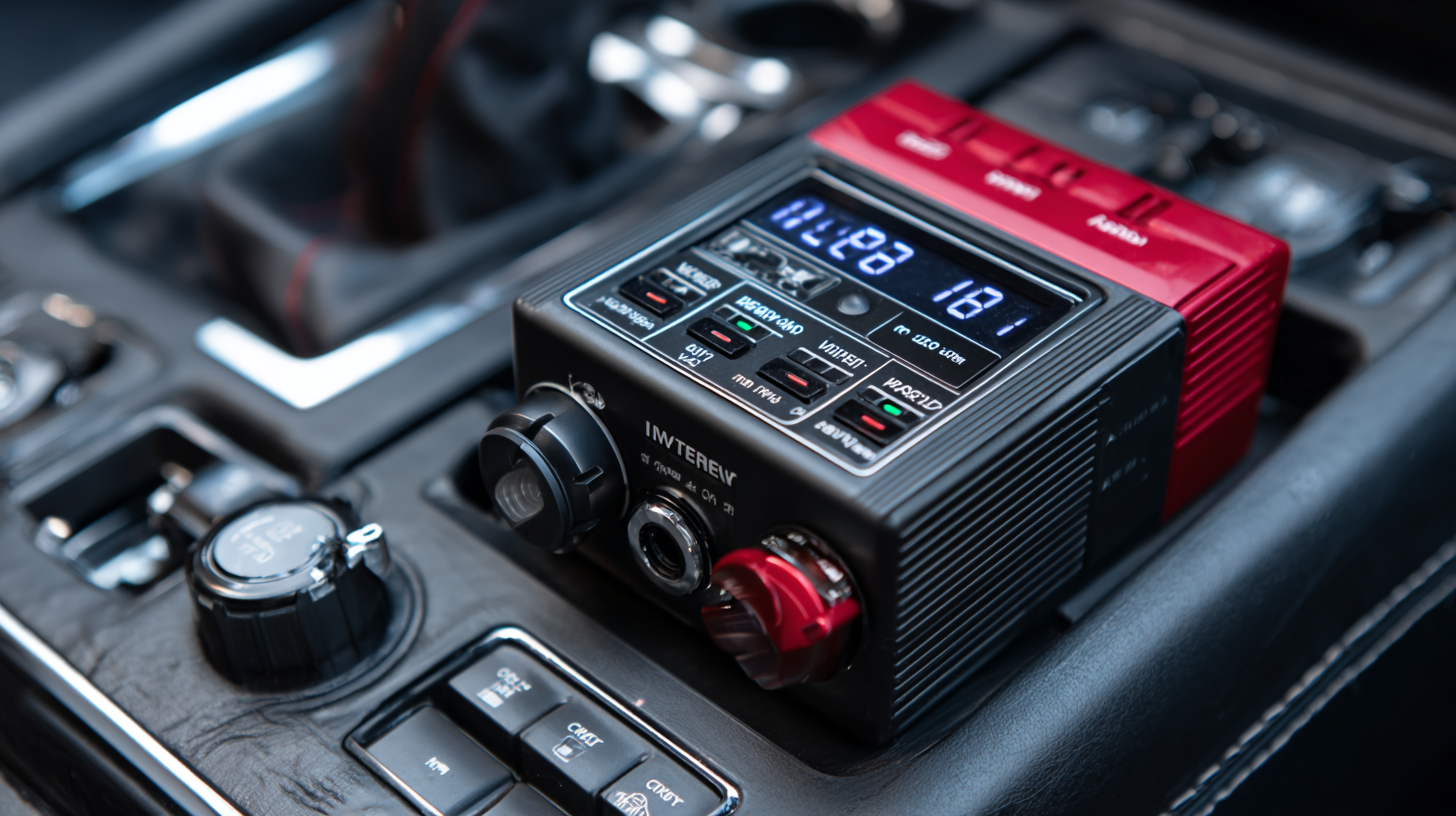
Another important consideration is the inverter type. Modern electric vehicle power inverters, anticipated to reach $22.25 billion by 2031, highlight the shift towards more efficient technology. Features such as peak and continuous power outputs, soft switching capabilities, and thermal management systems can greatly affect performance and durability, making it essential to choose an inverter that aligns well with the capabilities of your vehicle and the types of devices you'll be powering during your travels. By understanding these factors, you can effectively size your car inverter to fit your travel needs.
Essential Features to Look For in a Car Inverter
When choosing the right car inverter for your travel needs, it’s essential to consider several key features that can enhance your experience on the road. First and foremost, the power output is critical. Most modern inverters are rated between 150 watts to 3000 watts, which indicates how much power they can supply to your devices. According to a market analysis by IBISWorld, the demand for portable power solutions has surged, with a projected annual growth rate of 6.4% over the next five years. Therefore, ensuring you select an inverter with adequate wattage to support your electronic devices—such as laptops, smartphones, and small appliances—is vital.
Another essential feature to look out for is the inverter type, which can either be a modified sine wave or pure sine wave inverter. A pure sine wave inverter, while often more expensive, provides a cleaner power supply, making it suitable for sensitive electronics and high-end appliances. Research from the Electric Power Research Institute indicates that using pure sine wave inverters can prolong the lifespan of your devices by reducing wear and tear. Furthermore, consider additional features like built-in safety mechanisms, multiple USB ports for charging, and compact design for easy transport, all of which contribute significantly to the overall functionality and safety of your inverter.
How to Choose the Right Car Inverter for Your Travel Needs - Essential Features to Look For in a Car Inverter
| Feature | Description | Recommended Value |
|---|---|---|
| Output Power | The maximum power the inverter can provide to devices. | 300W - 2000W depending on usage |
| Number of Outlets | How many devices can be plugged in simultaneously. | 2 - 4 outlets recommended |
| Safety Features | Protection against overload, overheating, and short circuits. | Built-in fuses and thermal protection |
| Portability | Ease of transport and storage within the vehicle. | Compact and lightweight design |
| Input Voltage | The voltage required by the inverter to function properly. | 12V standard for cars |
Safety Considerations for Using Car Inverters on Your Travels
When considering the safety of using car inverters during your travels, it’s essential to understand the potential hazards associated with improper usage. According to a report from the National Fire Protection Association, electrical malfunctions account for nearly 36% of vehicle-related fire incidents. Ensuring that your inverter is rated appropriately for the devices you plan to use can significantly reduce this risk. For instance, if you are using an inverter with a wattage rating lower than the sum of your devices’ requirements, it could overheat and lead to dangerous situations.
Additionally, to enhance safety while utilizing car inverters, it's crucial to avoid using them while the vehicle is parked and running, as this can pose carbon monoxide risks. The U.S. Environmental Protection Agency warns that running your engine while parked contributes to hazardous gas buildup. Opting for inverters equipped with safety features such as overload protection and short-circuit prevention can further enhance your safety. A survey conducted by Consumer Reports in 2022 indicated that 78% of inverter users felt more secure using models with these protective features. Prioritizing safety when selecting and using your car inverter is vital for a worry-free travel experience.
Related Posts
-
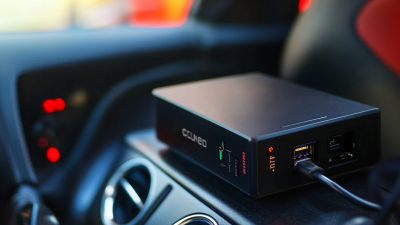
Ultimate Tips for Sourcing the Best Power Inverter for Car Solutions
-

How to Choose the Right Back Up Power Supply for Your Business Needs
-

2025 Trends in Power Backup Technology and How to Maximize Your Investment
-
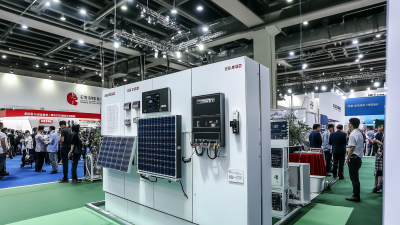
Top 10 Chinese Manufacturers of 12V to 240V Inverters at the 137th Canton Fair
-

How to Choose the Best Power Inverter for Your Truck: Essential Tips and Tricks
-
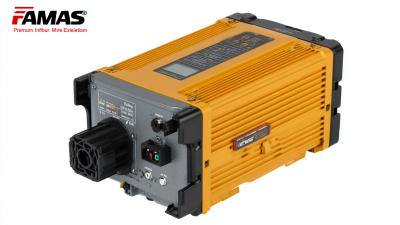
Premium Power Inverters for Trucks from Leading Chinese Manufacturers Driving Global Excellence
